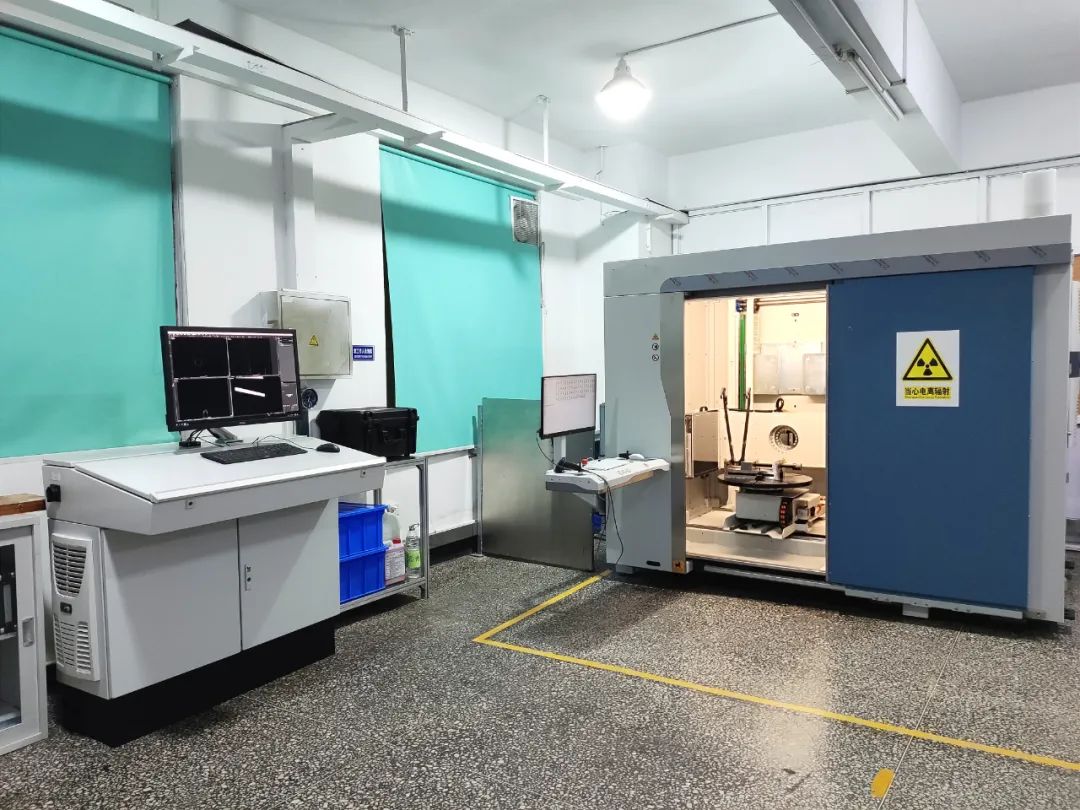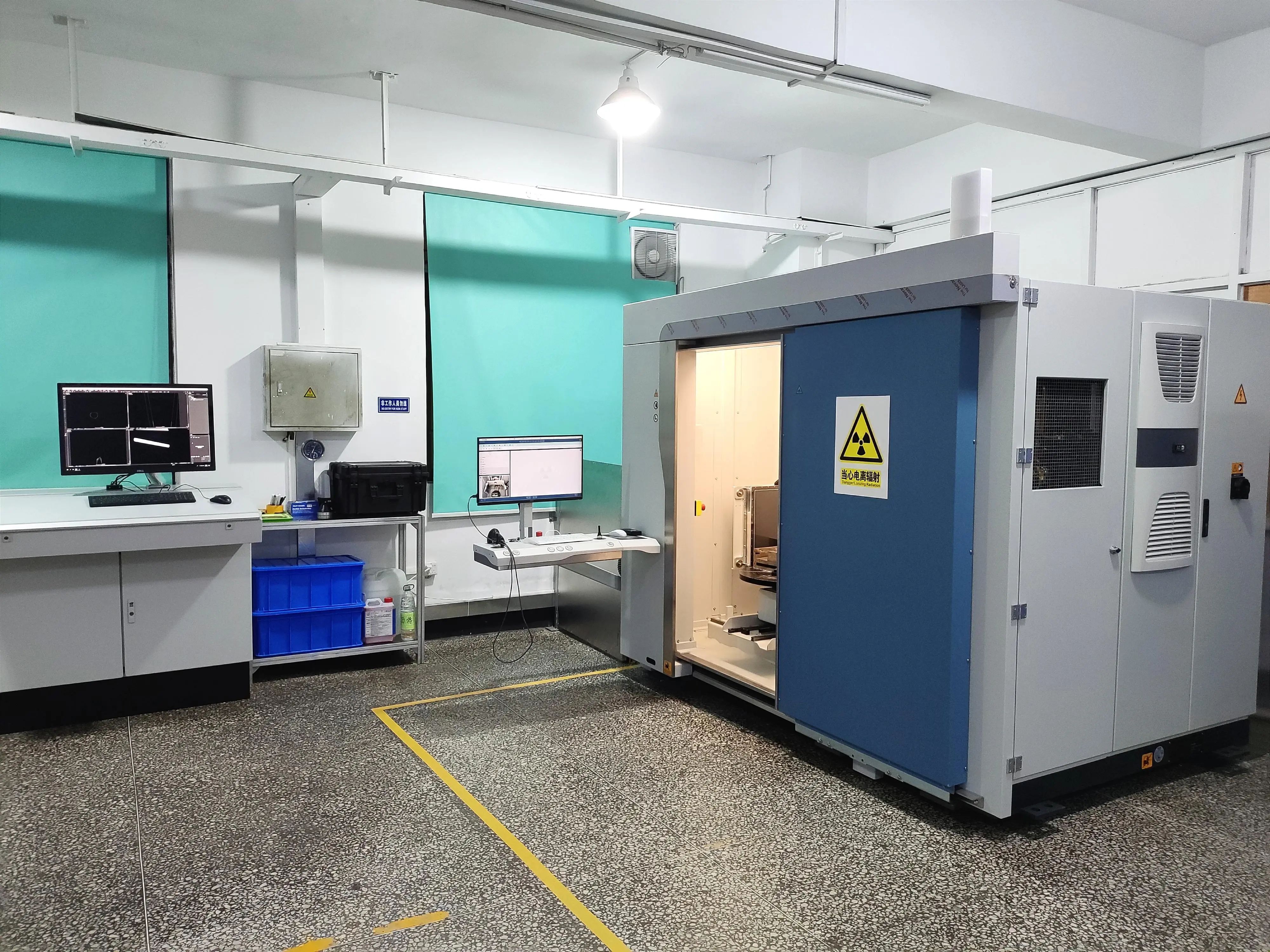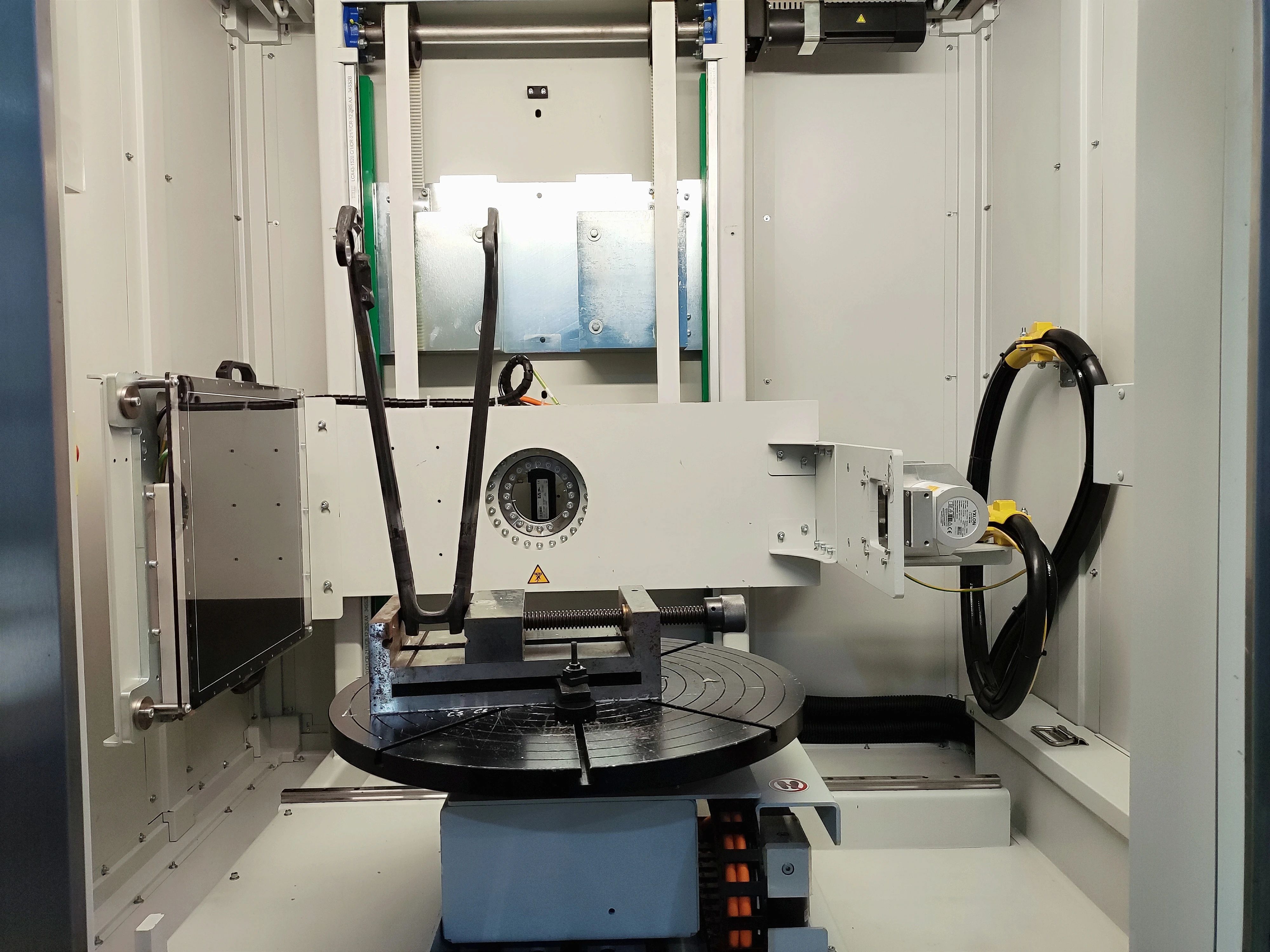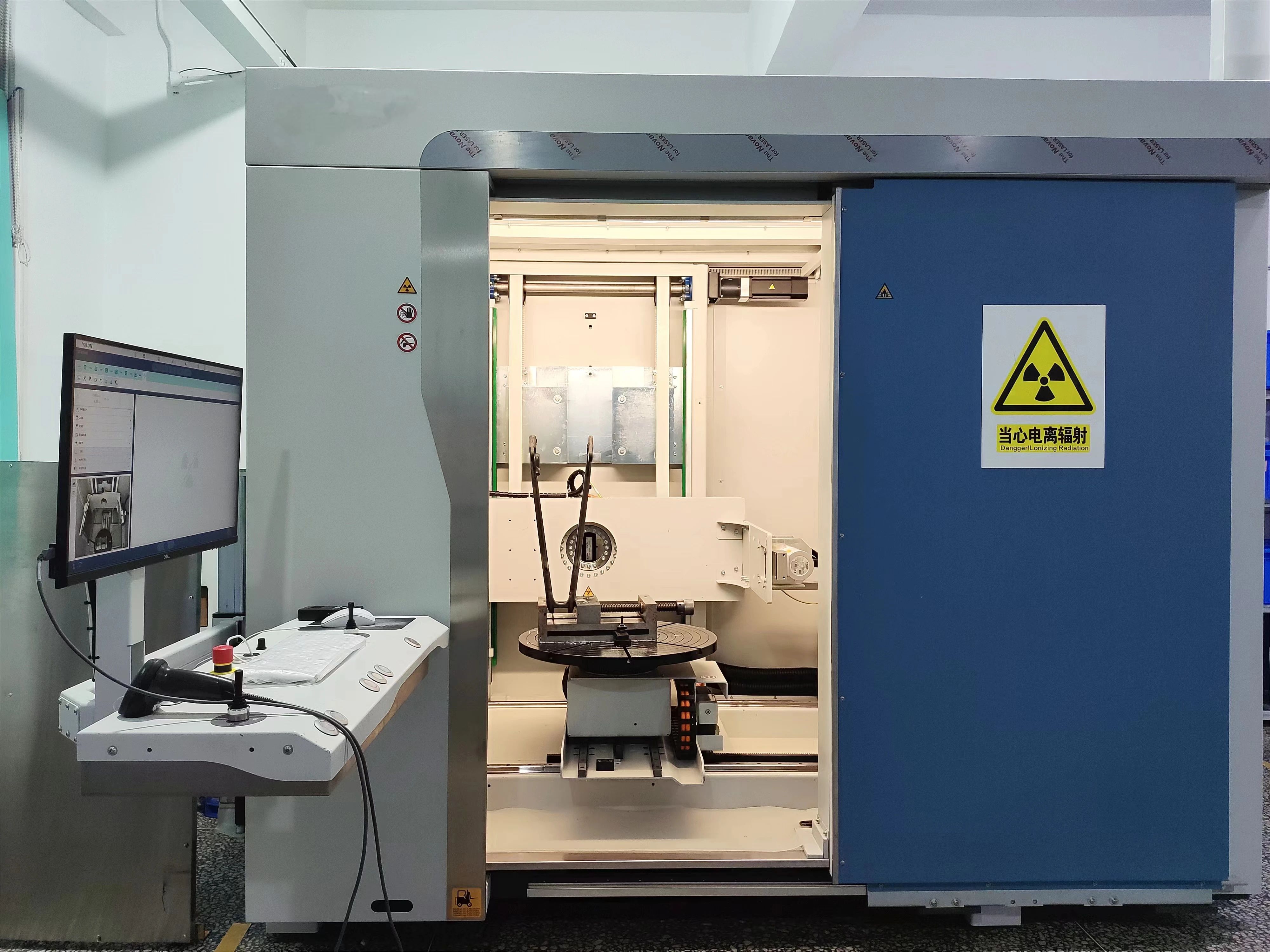-
Improving Quality with Intelligence | A&E Industrial X-ray Testing Process Protects High end Quality
Release time:2024-10-16 News section:Company News
-
The global manufacturing industry is stepping forward into the era of quality. In the increasingly competitive environment, the manufacturing industry is no longer satisfied with large-scale production, but focuses on how to improve product quality and performance to meet the needs of different markets. As a large-scale carbon fiber prepreg, A&E always puts product quality first and actively explores and adopts advanced technology and testing methods to ensure that its products can stand out in the high-end market. Its position is to use industrial X-ray equipment to "conduct quality testing on carbon fiber products", which is an important manifestation of Zhongshan Rongnan's "strict quality control".

The working principle of using X-rays for quality inspection
Because X-rays have penetrability, when they pass through the test sample, the absorption of X-rays by different structures inside the product varies. Once there are defects inside the product, the absorption of X-rays by these defect areas will differ from that of normal areas. Therefore, by analyzing the distribution of X-ray intensity afterwards, it is possible to clearly determine whether there are quality problems inside the product.
 (A&E X-ray detection equipment)
(A&E X-ray detection equipment)A&E Carbon Fiber Products X-ray Testing Process
Taking carbon fiber bicycle frames as an example, A&E carbon fiber bicycle frames undergo X-ray equipment inspection (full inspection) on all produced products before entering the painting process.
Firstly, the staff will stably place the carbon fiber bicycle frame to be tested on the inspection rack inside the X-ray inspection cabin and open the pre-set program for different specifications and models of products to perform inspection operations.
 (The carbon fiber bicycle frame is stably placed on the inspection rack)
(The carbon fiber bicycle frame is stably placed on the inspection rack) (Carbon fiber bicycle frame is about to undergo X-ray inspection)
(Carbon fiber bicycle frame is about to undergo X-ray inspection)After starting the X-ray detection equipment, the mechanical motion system will start moving the X-ray generator and detector according to the preset scanning path. Generally speaking, it will focus on scanning key parts of the frame, such as connections and stress concentration areas. During the scanning process, the X-ray generator continuously emits X-rays, and the detector receives real-time X-ray signals transmitted through the frame and transmits them to the computer control system.
 (Carbon fiber bicycle frame X-ray scanning inspection in progress)
(Carbon fiber bicycle frame X-ray scanning inspection in progress)After the scanning and detection are completed, the computer control system processes the collected X-ray signals to generate two-dimensional or even three-dimensional images of the internal structure of the vehicle frame. Technicians will carefully observe the grayscale changes in the image, as different grayscale levels represent different material densities or structural features. Through professional image analysis, we can clearly see whether there are defects such as pinholes, bubbles, delamination, wrinkles, etc. inside the product, and use this as the basis for quality control. More importantly, A&E's X-ray detection equipment has CT function, which can present the scanned data in 3D imaging, allowing technicians to see the three-dimensional condition of the defect points clearly.
It is precisely because of such advanced testing equipment and quality control system that our products are highly praised in major high-end markets around the world!
The advantages of using X-rays for quality inspection
1. Non destructive testing. For carbon fiber bicycle frames, which are high-precision and high cost products, traditional detection methods such as destructive testing are obviously not suitable. X-ray testing belongs to non-destructive testing and will not cause any physical damage to the frame during the testing process.
2. Visualization of internal structure. X-ray inspection can clearly present the internal structure of carbon fiber products, facilitating the discovery of potential hidden defects.
3. High precision detection. X-rays can detect high-precision defects such as "tiny millimeter holes". They are crucial for ensuring the quality of carbon fiber products, especially in the high-end bicycle market, where even minor defects can affect the performance of the frame.
4. High detection efficiency. Modern X-ray inspection equipment has a high degree of automation and can complete comprehensive inspection of a relatively complex product in a short period of time. Compared with traditional manual detection, it greatly improves work efficiency.
A&E has demonstrated its high-quality and refined development strategy by introducing X-ray equipment for product testing. In the future, with the continuous advancement of science and technology and detection methods, we will continue to innovate and optimize product quality, bringing more high-quality carbon fiber products to global consumers.
-
Related
information
-
-

Accurate and Stable | Revealing the Advantages of A&E Carbon Fiber Baseball Stick Automatic Heavy Filling Process
The automatic gravity filling process highlights its enormous application value due to its advantages in high-precision control, production efficiency improvement, and quality stability.
-

Pursuing the Ultimate | A&E Dry Ice Cleaning Technology Shows Excellent Quality Commitment
Using dry ice to clean large molds provides unparalleled value for future consumer experiences.
-

System Assurance | Inventory of A&E's Four Major International Management System Certification
A&E's four major international management system certifications not only represent the standardization and normalization of enterprise management, but also a firm commitment to social responsibility.
-

Accurate and Efficient | A&E Carbon Fiber PrepregLaser Marking Process Enhances Process Efficiency
As another innovative measure of A&E in the carbon fiber prepreg process, the 2D laser marking process not only reflects the company's advantages in production and technology, but also directly enhances the company's strength.
-



